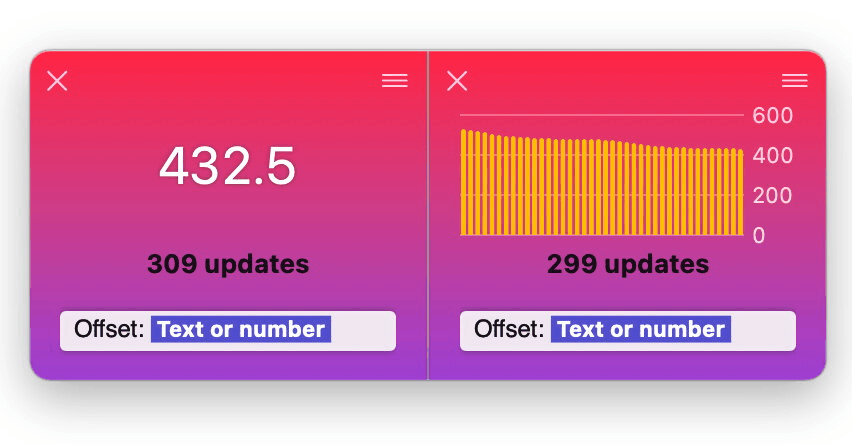Bridge from Combine to AsyncSequence - the plan (p. 1)
Previously, I wrote about actors in Actors part 1 and Actors part 2; this time I’m going to cover how to write a Combine operator to proxy a Combine publisher into an async sequence that you can iterate over by using a simple for loop. Note: The current version of Xcode 13 is beta 2 and I’m going to be using the latest swift.org toolchain nightly snapshot in order to make use of AsyncStream. …

